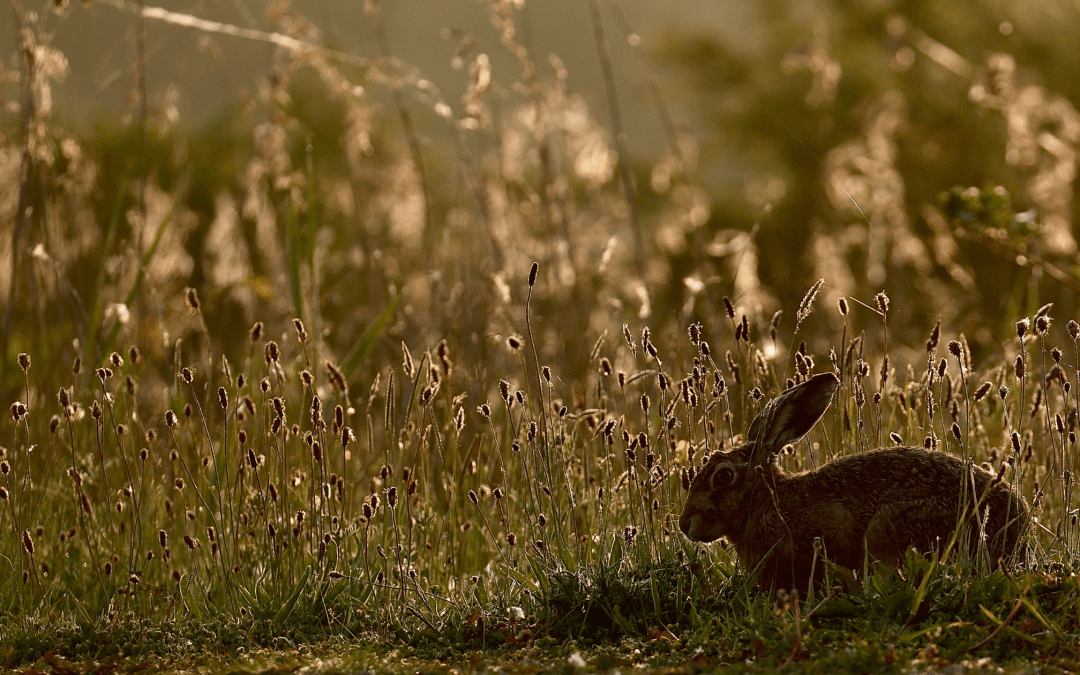Walking my mad spaniel, Bonnie, across the farm every day lets me notice how the year passes by on an almost micro, daily level. Right now, our walks are punctuated with impromptu cool-offs in the cattle troughs, but soon enough, autumn will set in, and a cool dip won’t seem as appealing to her.
These daily rounds also allow me to spot changes happening at a slower pace. One in particular is the slow repopulation of brown hares on the farm over the last few years. Some of you who joined me on our recent farm tours were lucky enough to spot a few hares running through the fields in their unmistakable manner, upright and with their heads almost perfectly still as they stride away.
Our farm has changed a lot over the last five generations, but what has brought these hares back in such numbers recently? Hares move around finding the best grazing and tend to avoid heavily stocked fields. Back in 2021, we planted over 1km of native hedgerows, splitting our larger fields into smaller paddocks. This not only helps us rest more of our farm at one time but also provides the perfect playground for hares. They have cover from the wider field margins and hedges and can graze the resting paddocks in peace. The mixtures of grasses, wild herbs, and legumes we’ve planted provide continuous grazing throughout the year.
Regenerative farming, by definition, is nature-friendly. Looking after the soil looks after everything that depends on it, including us and the local flora and fauna. It’s so heartening to see these changes manifesting during our daily walkies.
Further Reading:
Conserving the Brown Hare – Game & Wildlife Conservation Trust
